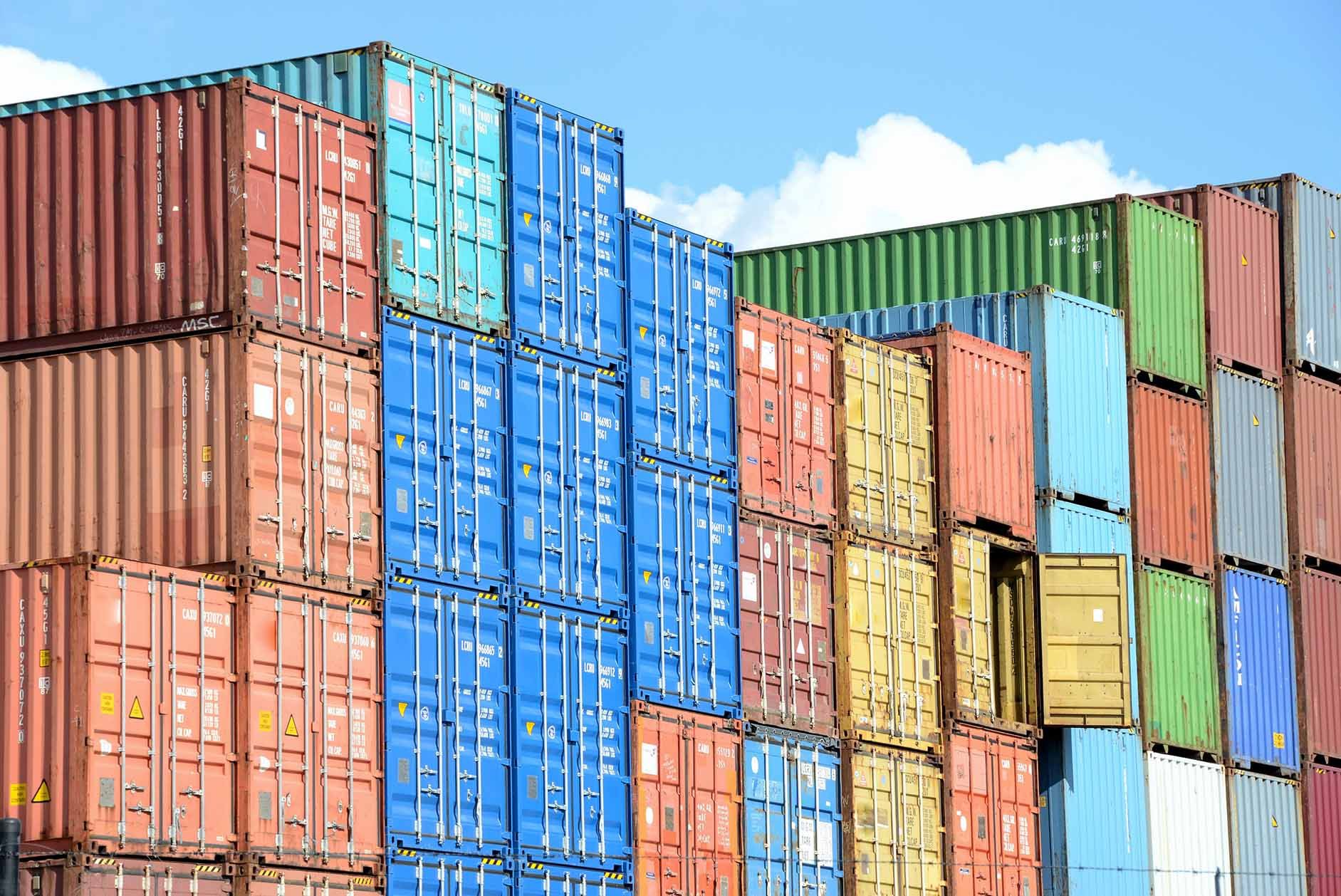BLOG
Telecom26 blog
Trends in the container shipping industry; maritime connectivity essential for deployment of new technologies to improve port operations

Six Major Trends in Container Shipping in 2022 discusses the “underlying trends that are expected to influence the container shipping industry in 2022” including:
1. Continued disruptions, equipment and space scarcity will continue to affect shipping schedules and create higher costs. The ongoing disruptions from COVID - and Brexit - are now joined by disruptions and uncertainty cause by the Russia-Ukraine war.
2. Congestion at Ports
Our January blog discussed how ports are “still in chaos” with goods “lingering at sea and shop shelves bare around the world” with “up to 15% of the global container fleet currently sitting at anchor outside the world’s ports”.
Marine Insight writes that “A perusal of congestion levels in the first three months of 2022, as well as the sailing schedules published by Container Carriers, makes it seem unlikely that any mitigation in congestion levels will happen in 2022.”
3. COVID induced lockdowns
In the first week of April, Shanghai (the world’s largest port) started a two-phase lockdown and labour shortages continue across the world as people continue to be shield, self-isolate and take to their beds with COVID.
4. Labour negotiations at US West Coast ports
According to Marine Insight “These negotiations have historically been contentious, with the intransigent stances adopted leading to months of protracted negotiations…hampering port productivity (and) causing a massive pile-up of containers to be evacuated and vessels to be serviced.”
5. Environmental focus and Green Supply Chains
Shippers and manufacturers will be moving to heavier loads to reduce emissions and lower carbon footprints.
“Overall, this is one is the positive trends in the shipping industry, and though expected to raise freight rates slightly, will in the long run contribute immensely to sustainable international trade and development”
6. Digitisation and Automation
Marine Insight writes that “while the shipping industry has generally not been one of the prime movers when it comes to the adoption of new and innovative technologies, the unpredictability and chaos caused by the successive black swan events over the last 2 years have significantly added to the complexity of planning the transport and shipping process”.
As a result, carriers are now considering “investing in sophisticated transport planning systems and laying greater emphasis on digitization and automation in internal processes” with blockchain technology and the increased usage of Big Data, AI and Machine Learning all cited as technologies that the industry needs to explore.
Maritime Connectivity, Smart Containers, IoT and Telecom26
We have previously discussed the future role of Smart Containers in managing the entire shipment and delivery process of goods through connectivity, cloud computing traceability, monitoring, and smart sensors” and that “demand seems to be strongest from Smart Reefer Vendors”.
Key to the success of Smart Containers is IoT which allows the information about the container and its contents gathered by sensors to be transmitted to both the crew - and remotely to the shipping line and owners of the container’s contents.
And for IoT in shipping to be effective, fast and always-on maritime connectivity which enables information sharing in real-time is necessary.
Satellite has traditionally been the connectivity tool of choice for the shipping industry. Expensive but always-on.
However, these days most maritime cellular communication networks can provide coverage up to 40km/25 miles out to sea (without a guaranteed QoS). As most vessels tend to spend their time in-port or hugging the coast, cellular can almost always be used for both voice and data.
However, the major problem with the cellular at sea approach is that multiple SIMs have been required to ensure coverage throughout the cruise. As the ship crosses borders, so the network operators will change.
With the specific goal of improving maritime connectivity, Telecom26 has a multi-pronged approach:
- Multi-IMSI global SIM cards which enable Global Roaming.
These enable one SIM to access multiple networks both in-country and across borders thus removing the need to worry about the coverage of a single MNO, or the existence of roaming alliances. Multiple-IMSI profiles are pre-loaded onto every SIM allowing for simple reconfiguration if the primary network has poor or no service.
Our Multi-IMSI global SIMs automatically select the best performing network in the area, cross-border, while providing users with the freedom to change SIM profiles and services with ease.
When a vessel is travelling along the coast or anchored at port, the SIMs would use the best available cellular network and switch to satellite only when absolutely necessary.
- A multi-SIM router hosting SIMs with multi-IMSI feature, enables ship-wide Wi-Fi on which crew can use their personal and business devices. No more bill shock for any of them when they return home.
The Telecom26 offering can combine both a full mobile private network at sea as well as a nearshore offering in order to provide contiguous mobile coverage at the lowest cost available.
To learn more about Telecom26’s suite of IoT maritime connectivity and maritime cellular communications services please get in touch.
Catching-Up In-Person
Our team of maritime connectivity experts will be attending Posidonia, the international shipping exhibition in Greece from 6-10 June. So, if you are going too, and would like to discuss how our maritime connectivity and maritime cellular communications services can improve communications at sea and in-port, please get in touch.



